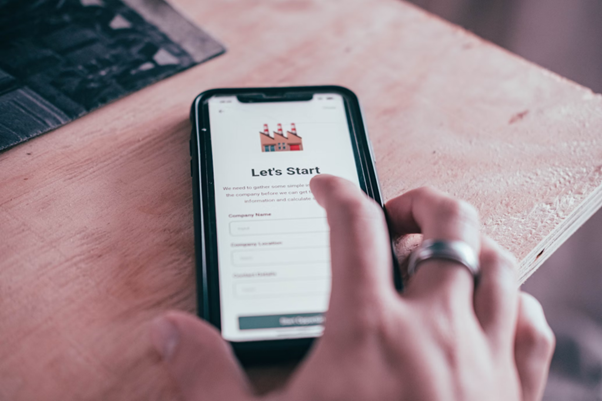User onboarding is like the first chapter in a book; it sets the stage for what’s to come. In the world of web app design, an effective onboarding process can be the difference between a user who engages with your app and one who abandons it. To ensure that your users have a smooth and engaging introduction to your web app, consider these user onboarding best practices.
Table of Contents
The Power of a Great First Impression
First impressions matter, especially in the digital realm. Your users’ initial interactions with your web app can significantly influence their decision to stick around or move on to a competitor. That’s why web design agencies like https://www.lazarev.agency/ emphasize the importance of user-centric design principles.
Simplify the Registration Process
When users sign up for your app, make it a breeze for them. Keep the registration form short and sweet. Asking for too much information upfront can be overwhelming and may discourage users from completing the process. Additionally, consider providing social media login options to streamline registration further.
Provide a Clear Value Proposition
Right from the start, make sure users are well-informed about the numerous benefits your web app provides. Clearly explain how it can effectively solve their challenges or meet their requirements. Use compelling language to emphasize what sets your app apart in a highly competitive marketplace.
Engaging Welcome Screens
Welcome screens or slideshows can be visually appealing and informative. Use them to introduce users to your app’s key features. Incorporate images, icons, and brief descriptions to convey the app’s value. These screens can set the tone for the user experience.
Provide Guided Tours
A guided tour can help users get acclimated quickly. Offer step-by-step tours or tutorials that assist users in navigating your app. Highlight essential features and actions they should take to get started. This hands-on approach can boost user confidence.
Creating a Smooth Onboarding Flow
The onboarding process shouldn’t be a one-time event; it should be a smooth flow. Consider these strategies:
Progressive Profiling
Instead of overwhelming users with a lengthy questionnaire during registration, collect additional information gradually, as it becomes relevant. This approach reduces friction and keeps users engaged.
Incorporate Interactive Elements
Interactive elements like tooltips, pop-ups, or animations can guide users through the onboarding process. However, ensure that these elements are unobtrusive and easy to dismiss for users who are already familiar with your app.
Gamify the Onboarding Process
Gamification elements such as badges, rewards, or completion meters can make onboarding more engaging. Encourage users to complete onboarding tasks by turning the process into a game.
Highlight Key Actions
Emphasize primary actions that users should take to experience the core functionality of your app. Use visual cues like arrows or highlights to draw attention to these actions. Clearly define the next steps for users to take.
Encourage Exploration
Allow users to explore your app’s features at their own pace. Provide clear calls-to-action for those who want to dive deeper into specific areas. Avoid forcing users down a rigid path.
Video Tutorials and Help Resources
Enhance the user experience by incorporating short video tutorials and helpful articles within the app. Visual demonstrations simplify comprehension of complex features, ensuring users have convenient access to assistance whenever required.
Common Mistakes to Avoid
While implementing these best practices, be mindful of common mistakes:
- Overloading Users with Information: Avoid excessively long onboarding processes with numerous steps. Users may lose interest and drop off if the process feels too daunting. Keep it concise and user-friendly.
- Lack of Personalization: A one-size-fits-all approach can alienate users. Tailor the onboarding experience to different user segments to make users feel understood and valued.
- Ignoring User Feedback: User feedback is invaluable for making improvements. Don’t neglect feedback loops during or after onboarding. Act on user insights to refine the onboarding process continually.
- Complex Language and Jargon: Using technical jargon can confuse users. Communicate in plain language that’s easy for all users to understand.
Bottom Line
User onboarding is your opportunity to make a lasting impression and guide users toward a valuable experience with your web app. By following these best practices and avoiding common pitfalls, you can create an onboarding process that sets the stage for user engagement and satisfaction. Remember that onboarding is not a static endeavor; it should evolve based on user feedback and behavior to keep users engaged and excited about your app.










